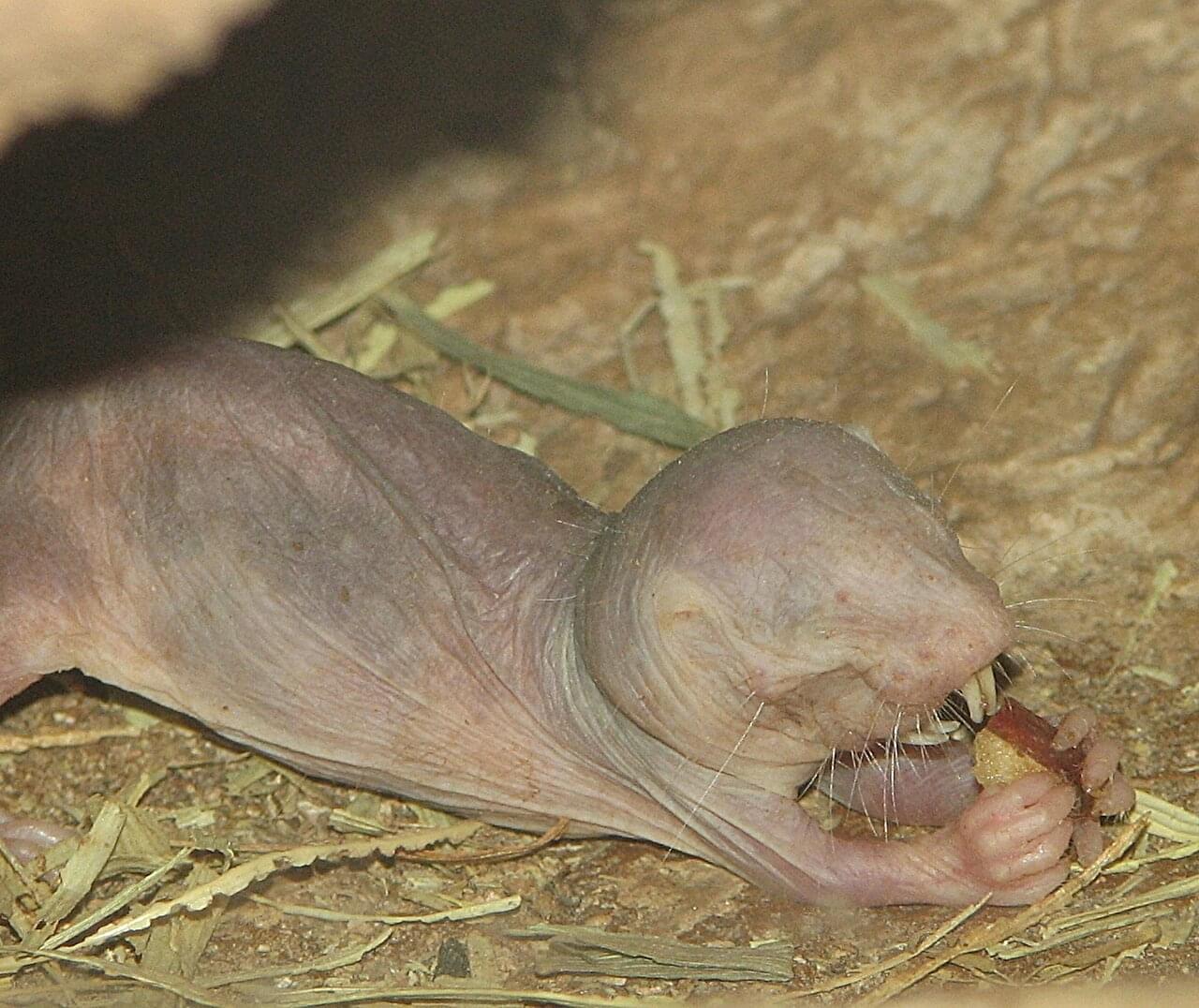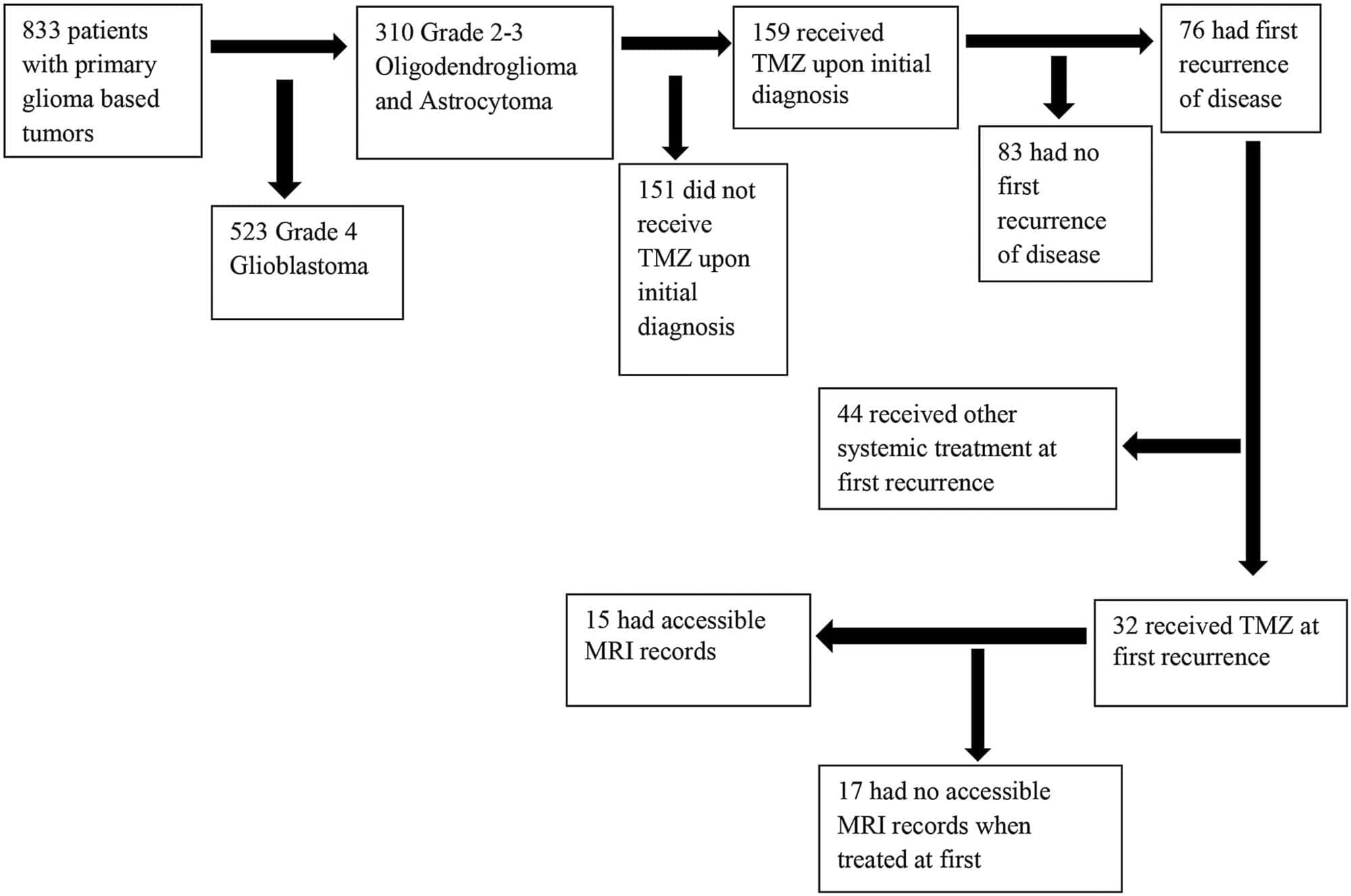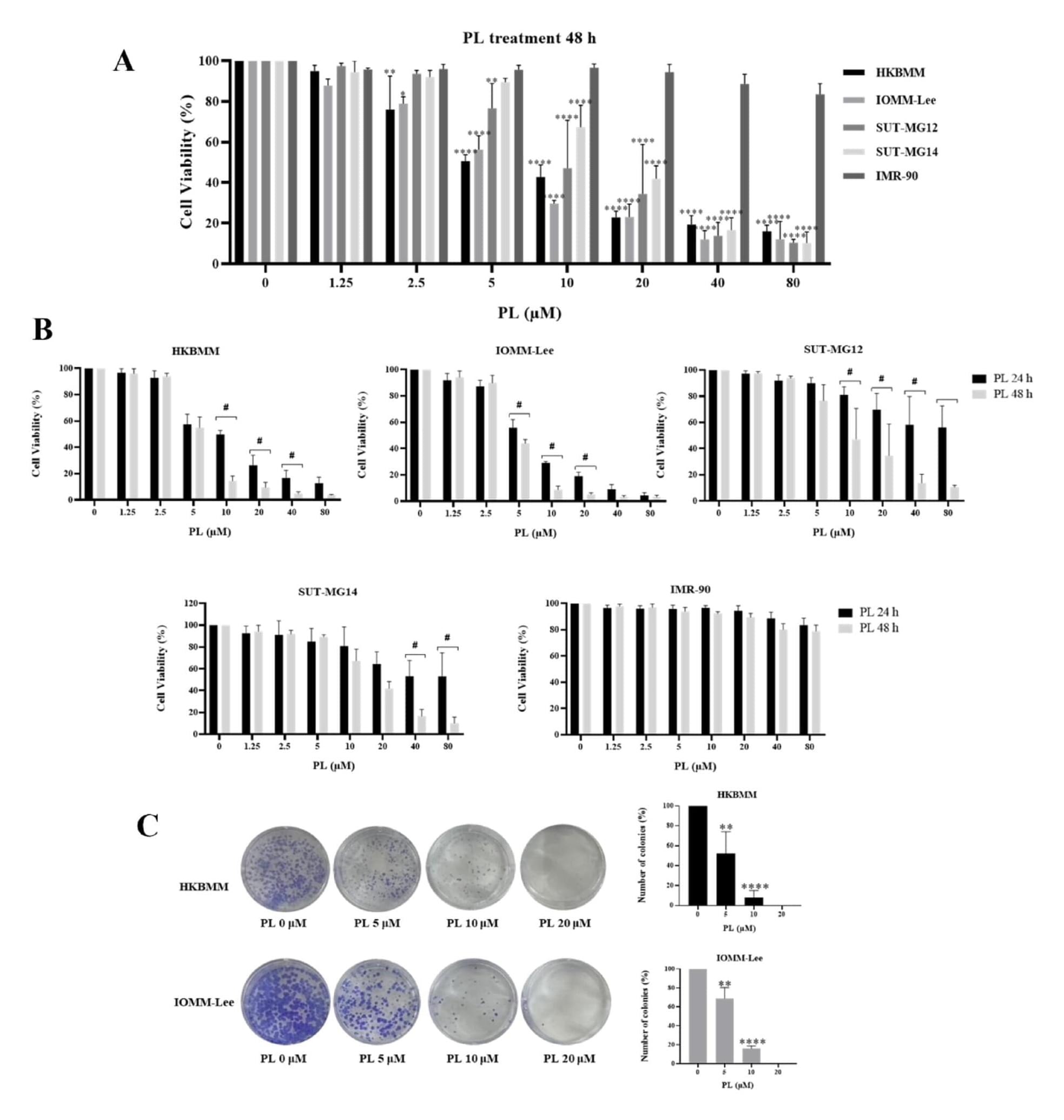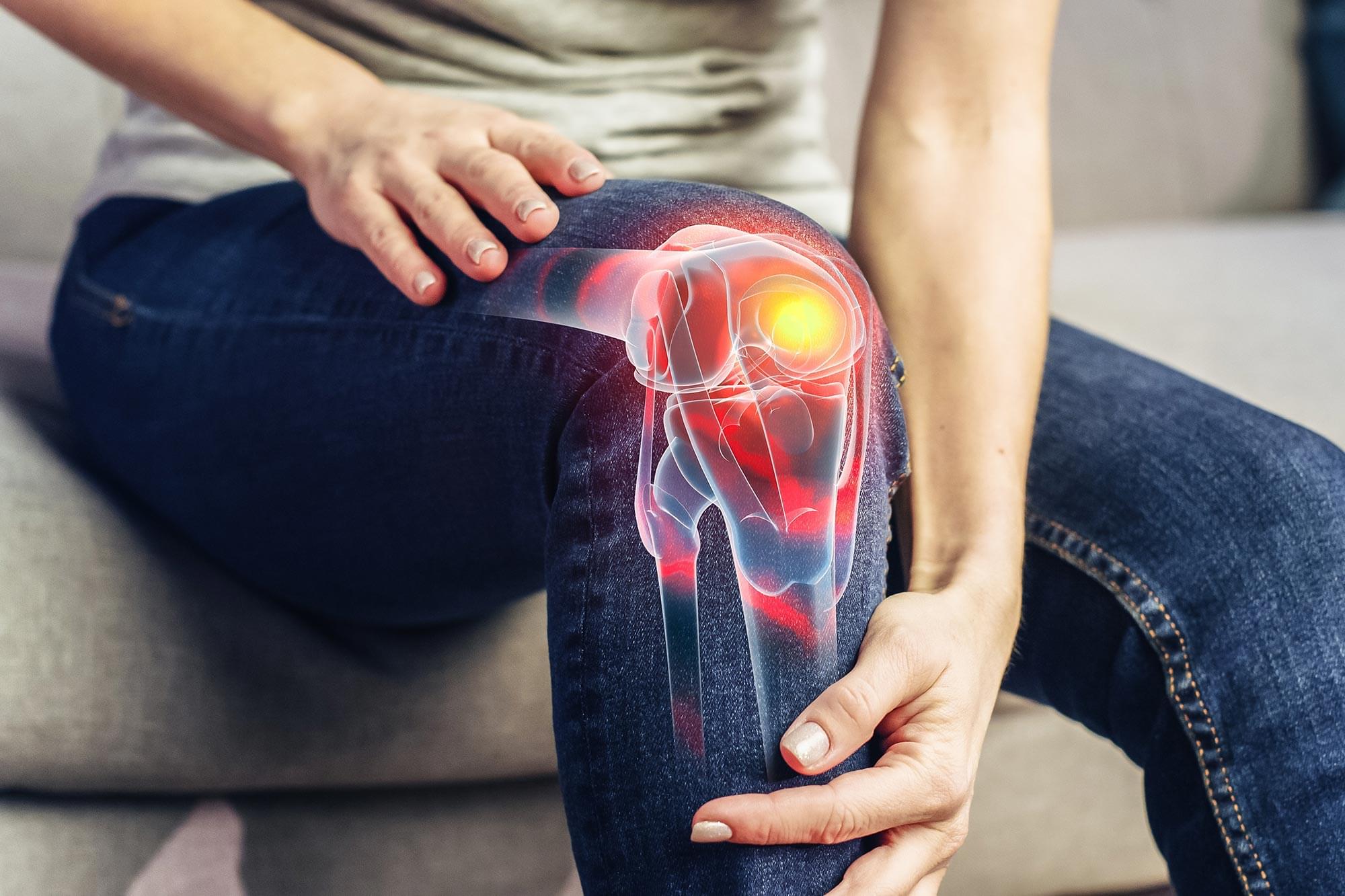In a new study, Yale researchers tracked the initial metabolic response to a pair of cancer mutations that are typically tolerated in skin.
Category: biotech/medical – Page 95

DNA repair mechanisms help explain why naked mole-rats live a long life
Naked mole-rats are one of nature’s most extraordinary creatures. These burrowing rodents can live for up to 37 years, around ten times longer than relatives of a similar size. But what is the secret to their extreme longevity? How are they able to delay the decay and decline that befalls other rodents? The answer, at least in part, is due to a switch in a common protein that boosts DNA repair, according to new research published in the journal Science.
One of the main causes of aging in all animals, including humans, is the accumulation of damaged DNA, our genetic instruction manual. When this damage is not fixed, it leads to defective cells, damaged proteins and eventually a breakdown in the body’s functions.
To understand how the naked mole-rat is so resistant to DNA damage, a study led by researchers at Tongji University in China focused on a common protein called cGAS (cyclic GMP-AMP synthase). In most mammals, cGAS interferes with DNA repair, but the researchers suspected it may have evolved a different function in the long-living rats.

Effects of re-challenge with temozolomide in grade 2/3 IDH mutant gliomas at first progression
Background Patients with WHO grade 2 and 3 isocitrate dehydrogenase mutation (IDHmt) gliomas commonly receive temozolomide (TMZ), with or without radiation therapy, as initial therapy. At progression, TMZ is sometimes reinstated despite a paucity of data on effectiveness. Methods We reviewed imaging outcomes of patients with WHO 2016 grade II/III IDHmt gliomas re-treated with TMZ at first progression between 2007 and 2019. Tumor growth rates were calculated over the year preceding re-treatment and throughout the re-treatment period, ranging from 3 to 41 months. RANO criteria were utilized to assess TMZ response rate. Results 15 subjects included six grade II, five grade III oligodendrogliomas, one grade II and three grade III astrocytomas. Median time between completion of the first TMZ course and initiation of re-treatment was 47 months. Median progression-free survival with TMZ re-treatment was 27.4 months and median overall survival was 47.8 months. Mean rate of tumor growth by bidimensional product increased from 0.29 cm2 /month, in the year prior to first tumor progression, to 0.47 cm2/month during re-treatment, ranging from 3 to 41 months, with monotherapy TMZ. Volumetric mean rate of tumor growth was 1.12 cc/month in the year prior to first tumor progression versus 1.29 cc/month during TMZ re-treatment. Five patients experienced tumor growth rate reduction, of whom 3 patients experienced tumor shrinkage as measured by 2D; 2 of these 3 patients also experienced tumor shrinkage as measured by 3D. There was no radiographic response by RANO criteria. Conclusion These findings suggest previously treated, progressive IDHmt gliomas are generally resistant to TMZ, underscoring the need for alternative approaches.

Piperlongumine induces meningioma cell death via the ROS-mediated endoplasmic reticulum stress and the alteration of the ubiquitin-proteasome system
Meningiomas, the most common primary tumors of the central nervous system, are curable by surgical resection and radiotherapy. However, systemic therapeutic chemotherapy for meningiomas has not existed. Piperlongumine (PL), a natural alkaloid extracted from the long pepper (Piper longum), has emerged as a promising candidate for cancer treatment due to its multimodal anti-cancer effects. However, the effects of PL in meningiomas are limited.
We examined the anti-cancer effect of PL in vitro using primary benign meningioma cells and malignant meningioma cells. The underlying mechanism of PL in meningiomas was investigated through gene expression experiments at both mRNA and protein levels.
PL inhibited meningioma cell growth, evidenced by inducing G2/M phase arrest via the up-regulation of cell cycle regulators including TP53 and CDKN1A/p21 and enhancing cell apoptosis via the up-regulation of cleaved caspase 3 and cleaved PARP1. PL-induced meningioma cell death was triggered via the activation of intracellular reactive oxygen species production leading to endoplasmic reticulum stress and the alteration of ubiquitin-proteasome system resulting in the accumulation of poly-ubiquitinated proteins.


From trips to treatments: how psychedelics could revolutionise anti-inflammatory medicine
Once synonymous with hippies and hallucinatory experiences, psychedelic drugs are now being explored for their medical potential. The stigma of that era resulted in research being suppressed by drug laws, yet with mental health treatments hitting limits, scientists have returned to this controversial corner of medicine.
Substances like psilocybin (found in magic mushrooms) and ayahuasca are now being taken seriously by scientists and doctors, not for the visions they induce, but for the healing potential they possess.
Initially, this focused on treating mental health conditions like depression, where currently prescribed drugs only help a minority of patients. But these investigations have now expanded to include diseases driven by inflammation, which psychedelic drugs may help reduce by calming down the immune system.
Magic mushrooms and LSD may do more than bend minds: they could fight inflammation linked to depression, arthritis and heart disease.

Breakthrough mirror-image nanopores open door to new biomedical applications
For the first time, researchers have successfully fabricated and characterized a fully functional mirror-image nanopore—a molecular gateway built entirely from D-amino acids, the mirror-image forms of the natural building blocks of proteins. The work, led by Prof. Dr. Kozhinjampara R. Mahendran at the Rajiv Gandhi Center for Biotechnology (India) in collaboration with Constructor University and other partners, demonstrates not only a major milestone in nanoscience but also opens promising biomedical applications, including potential cancer therapies.
Proteins in nature are almost exclusively built from L-amino acids, while their D-amino acid counterparts usually play only minor roles. Constructing entire proteins from D-amino acids is extremely challenging, yet offers striking advantages: Such mirror-image structures are often more resistant to degradation and may interact differently with biological systems.
In this study, the team designed a synthetic stable and well-defined D-peptide pore called DpPorA. Remarkably, by modifying the charge distribution, they were able to create superior versions of these pores with enhanced conductance and selectivity under different salt conditions.


New tool offers single-cell study of specific genetic variants
Scientists have long suspected connections between heredity and disease, dating back to Hippocrates, who observed certain diseases “ran in families.” However, through the years, scientists have kept getting better at finding ways to also understand the source of those genetic links in the human genome.
EMBL scientists and collaborators have now developed a tool that goes beyond current single-cell technology by capturing genomic variations and RNA together in the same cell, increasing precision and scalability compared to previous technologies. Able to determine variations in non-coding regions of the genome, this tool transforms how scientists can study the parts of DNA where variations linked to disease are most likely to occur. This single-cell tool, with its high precision and throughput, represents an important advance in drawing correlations between genetic variants and disease.
“This has been a long-standing problem, as current single-cell methods to study DNA and RNA in the same cell have had limited throughput, lacked sensitivity, and are complicated,” said Dominik Lindenhofer, the lead author on a new paper about SDR-Seq published in Nature Methods and a postdoctoral fellow in EMBL’s Steinmetz Group.

People with ADHD may be more creative because they let their minds wander
New research confirms that ADHD (Attention Deficit Hyperactivity Disorder) can be linked to increased creativity and suggests that this creativity is associated with a greater tendency to let your mind wander. This first study to explain the link between ADHD and creativity is presented at the ECNP Congress in Amsterdam.
Lead researcher Han Fang (from the Radboud University Medical Center, the Netherlands) said, “Previous research pointed to mind-wandering as a possible factor linking ADHD and creativity, but until now no study has directly examined this connection. We conducted two studies, utilizing two different groups of ADHD patients and healthy controls, one from a European group curated by the ECNP, and a second study from a UK group. In total, there were 750 participants. Separately analyzing results from two independent groups means that we can have greater confidence in the results.”
The researchers examined the correlations between ADHD characteristics, creativity, and functional impairments and the role of mind-wandering in those links. Both patient groups showed classic ADHD characteristics, such as lack of attention, impulsivity, and the tendency to let one’s mind wander away from the subject in hand. Both studies showed that more ADHD symptoms were correlated with more mind-wandering.